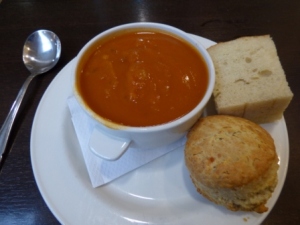#30DaysWild – Days 15 – 22
Ok, so I fell behind somewhat on my #30DaysWild blogging – oops! Not to worry though, I have been connecting with nature every day despite being busy with work, AFON bits and pieces, and general life stuff. I won’t go into every single wild act that happened every day, so here is a summary, shown through my tweets.
After last week's theme of yellow, today's theme for my lunchtime walk at @WimpoleEstateNT was pink! #30DaysWild pic.twitter.com/oZOvTAJb61
— Megan Shersby (@MeganShersby) June 16, 2016
Bee Orchids (Ophrys apifera)! <3 <3 <3
Somehow, and after quite a bit of searching, I found the Bee Orchid from last week again. And in fact, I found a further 6 plants! Then later that day, I was informed of two more locations of Bee Orchids on the estate, which is fantastic news indeed.
BOC photos of my first Lime Hawk-Moth. Caught by @mattadamw & I in moth trap recently. #30DaysWild #teammoth #moths pic.twitter.com/FT1H3HYunS
— Megan Shersby (@MeganShersby) June 22, 2016
My fav purchases from today's trip to @EmmausCambridge. Mowgli's fav is the box given for carrying everything in pic.twitter.com/NUEZNdZp5w
— Megan Shersby (@MeganShersby) June 18, 2016
Not a big haul in the trap last night at Wimpole, but I was happy to catch this Pale Tussock. #teammoth #30DaysWild pic.twitter.com/OLBw8pt8zo
— Megan Shersby (@MeganShersby) June 20, 2016
I was able to put the moth trap out at Wimpole for the first time in ages (since I need to be there two days in a row to run the trap). There wasn’t much, but I did catch this beautiful Pale Tussock moth (Calliteara pudibunda).
Yday's rain meant that it was quiet at Wimpole & I could watch a m House Sparrow feeding this fledgling. #30DaysWild pic.twitter.com/RFP1kFSnVb
— Megan Shersby (@MeganShersby) June 21, 2016
Plus an adult Mistle Thrush feeding a youngster, seen through the grass. #30DaysWild pic.twitter.com/B5lBmajY3G
— Megan Shersby (@MeganShersby) June 21, 2016
Admiring the pattern on snail shells before today's school group arrives. #30DaysWild pic.twitter.com/PXFvb4bzB1
— Megan Shersby (@MeganShersby) June 22, 2016
































































































































































































































